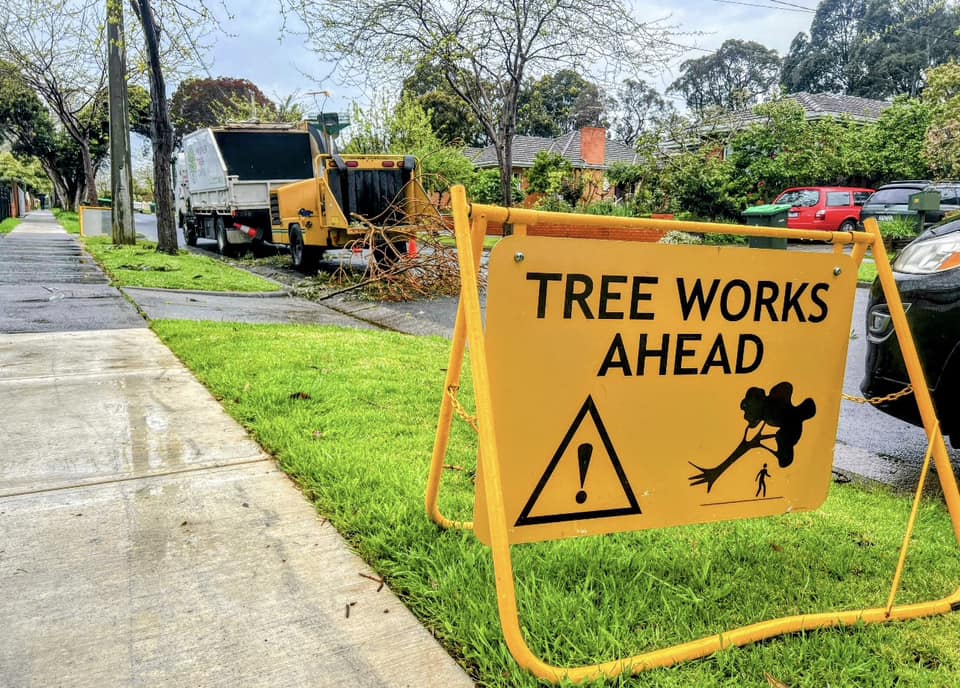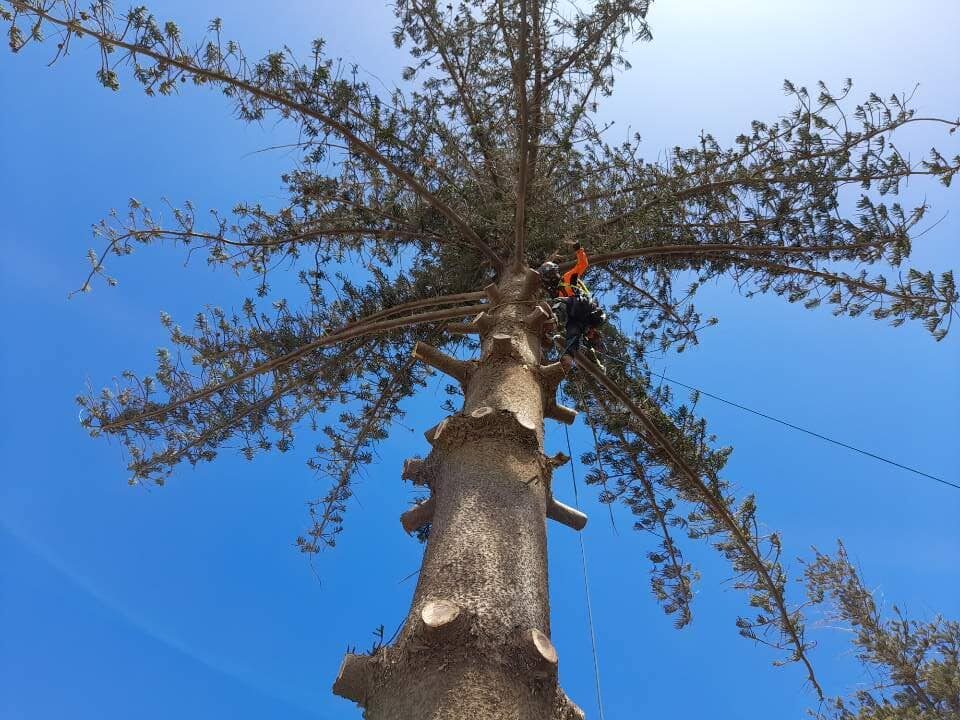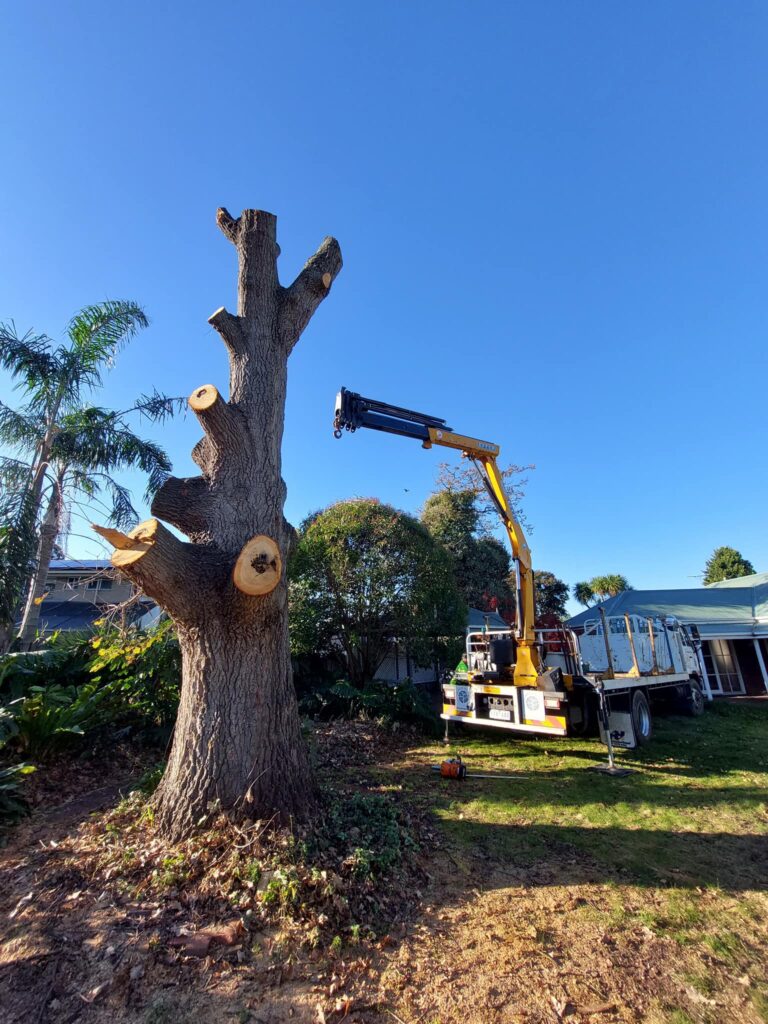
Hiring a professional tree service is crucial for maintaining the health and beauty of your landscape. Professionals have the expertise, experience, and tools needed to ensure proper tree care. Safety is a major concern, especially with large trees or those near power lines; professionals are trained in safety practices and equipped to handle any situation. They also identify and address issues like disease and pests, promoting healthy growth.
The benefits of professional tree care services
Professional tree care offers numerous benefits for both the trees themselves and the overall aesthetics of your landscape. Here are some of the key advantages:
- Healthier trees: Professional tree care ensures that your trees receive the necessary nutrients, water, and pruning to promote their overall health.
- Enhanced safety: Professionals can identify and remove dead or damaged branches that pose a risk of falling.
- Improved aesthetics: Proper pruning and trimming techniques performed by professionals can enhance the overall appearance of your trees and landscape.
- Expert advice: Professional arborists can provide valuable advice on tree species selection, planting, and ongoing care.
Understanding the different types of tree services – tree removal, pruning, and tree trimming
Tree removal
Tree removal is necessary when a tree is dead, diseased, or posing a safety hazard. Professional tree service providers have the expertise and equipment to safely remove trees of any size. They will assess the situation, determine the best approach, and carefully remove the tree while minimizing any potential damage to the surrounding landscape.
Pruning
Pruning involves the selective removal of branches to improve tree structure, health, and aesthetics. Professional arborists have the knowledge and skills to properly prune trees without causing harm.
Tree trimming
Tree trimming focuses on removing overgrown or obstructive branches to maintain a desirable shape and size. Trimming can also improve air circulation within the tree canopy and reduce the risk of branch failure during storms. Professional tree service providers use specialized tools and techniques to trim trees without causing damage or stress.
The role of a consulting arborist in maintaining tree health
A consulting arborist plays a crucial role in maintaining the health of your trees. These professionals have extensive knowledge in tree biology, identification, and management. They can provide valuable insights and recommendations tailored to your specific landscape.
Factors to consider when hiring a professional tree service
- Credentials and certifications
- Experience and reputation
- Insurance and safety
- Equipment and techniques
- Written estimate and contract
By considering these factors and conducting thorough research, you can confidently hire a professional tree service that will provide the highest level of care for your trees.
Take Action Now: Ensure Your Landscape’s Health with Professional Tree Care Services!
Ensure your landscape’s health with professional tree care services. Hiring experts saves time, ensures safety, and maintains tree health. Learn about tree services, consulting arborists, and local regulations to make informed decisions. Invest in your property’s value and the environment.

